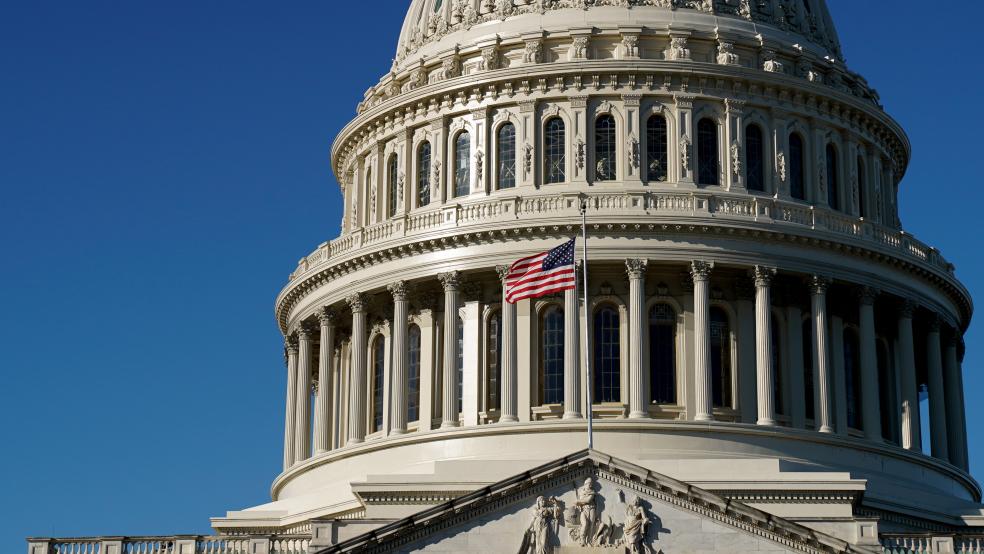On Thursday, the gross U.S. national debt surpassed $36 trillion for the first time, according to data from the Treasury Department. Debt held by the public – a subset of the gross national debt that excludes debt the government owes to itself – has also been rising to record highs, and now exceeds $28 billion.
The unwelcome milestones arrive just four months after the gross debt hit $35 trillion for the first time. The debt is expected to increase by trillions of dollars at a fairly rapid clip for the foreseeable future unless lawmakers act to change course.
“We started 2024 by crossing the $34 trillion threshold, added another trillion during the summer, and now we’re heading into the holidays with yet another trillion,” said Maya MacGuineas, president of the Committee for a Responsible Federal Budget, a nonpartisan group that advocates for debt and deficit reduction. “Government borrowing is becoming as certain as the changing of the seasons these days.”
MacGuineas noted that interest payments on the debt are now the fastest growing part of the budget and are projected to cost roughly $13 trillion over the next decade.




